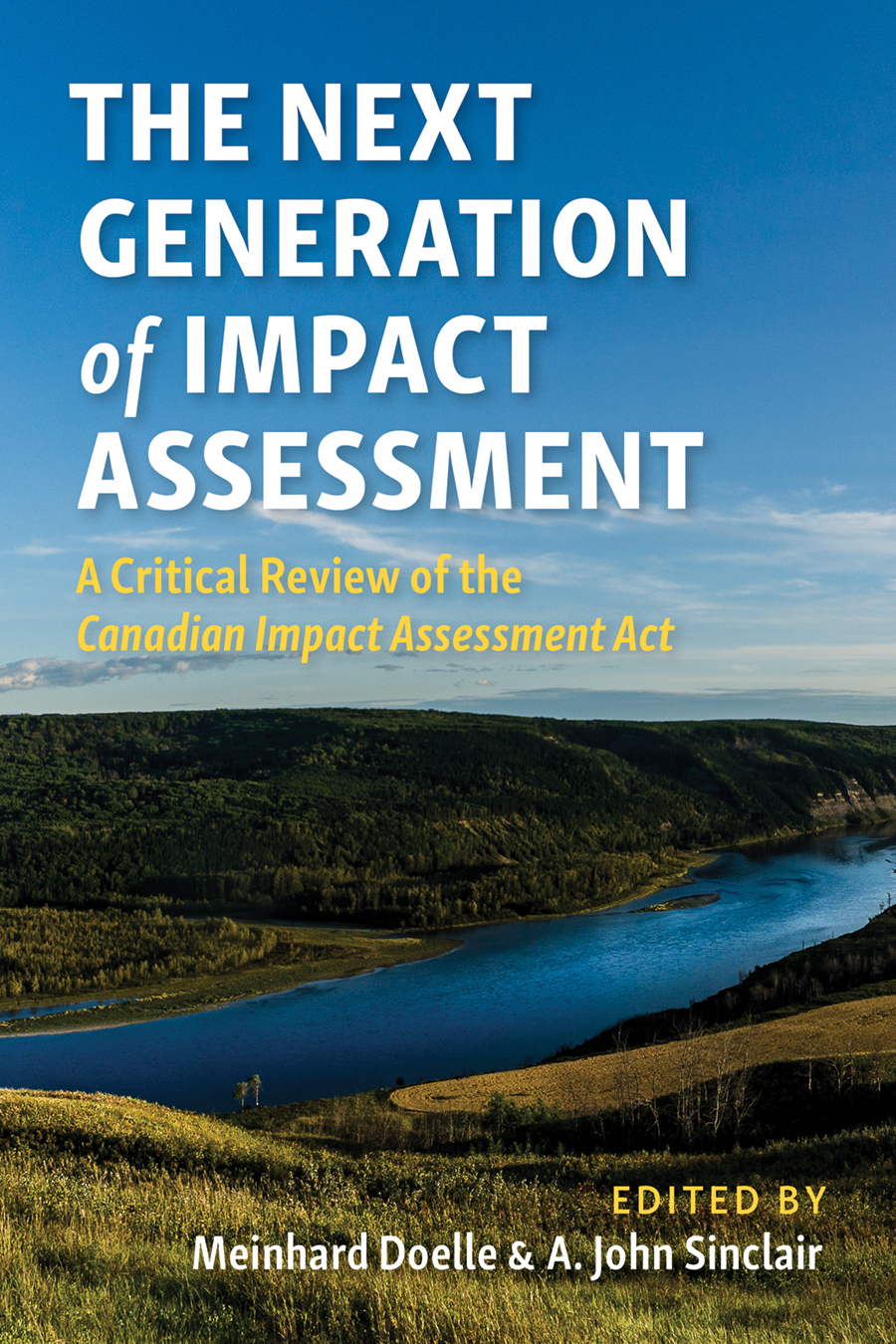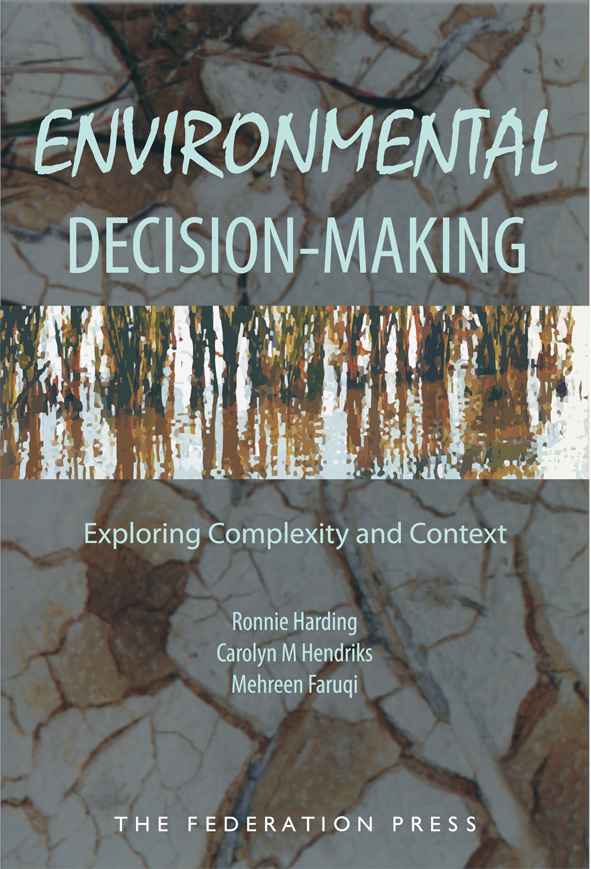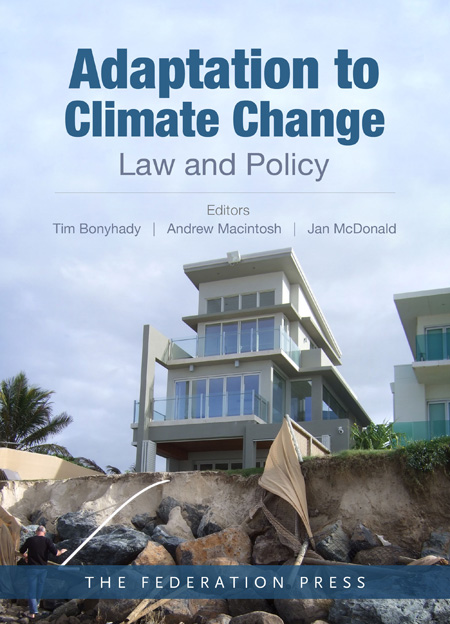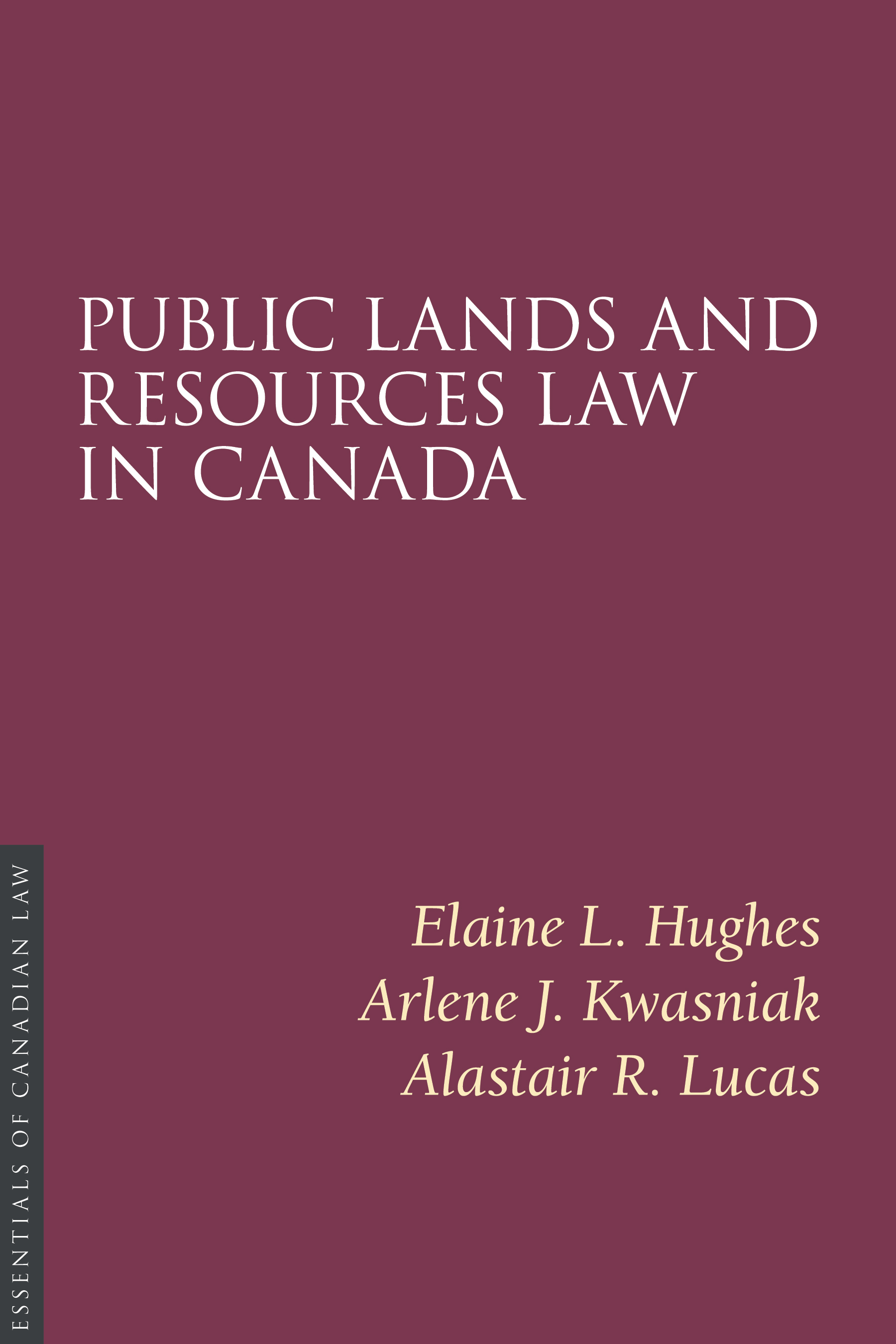Product Description
Legislated impact assessment requirements were first introduced over fifty years ago with the National Environmental Policy Act in the United States and have since spread to over a hundred and fifty jurisdictions around the world. The details have varied widely, reflecting the global diversity of socio-ecological and governance systems and associated issues, traditions, capacities, ambitions, and power structures. In 2015, Canada embarked on a task that no other country has attempted in recent years: fundamentally reconsidering how best to tackle environmental assessment. This review and revision process ended with the passage of the Impact Assessment Act (IAA) in 2019.
The Next Generation of Impact Assessment explores the evolution of the Canadian assessment process and evaluates the effectiveness of the IAA. Each chapter provides an in-depth analysis of the Act in regard to:
- the contents of the IAA
- regulations and guidance
- an assessment of these provisions based on the literature
- best practices related to the essential elements of impact assessment and federal government commitments made
- establishing any action needed to ensure effective implementation of the IAA
The book also investigates areas of concern for implementation of the Act and proposes areas of further reform. The authors apply their expertise by providing a comprehensive and detailed examination of various sections and provisions while considering essential components that should be included in the next generation of assessment law and policy. The authors conclude that the IAA has the potential to one day symbolize a breakthrough in the federal assessment process, and this text is an invaluable resource dedicated to the successful implementation of the Act and to its continuous improvement.
Part I: Introduction and Context
Introduction by A John Sinclair and Meinhard Doelle
Chapter 1: The Evolution of Canadian Environmental Assessment Practice and Literature by Meinhard Doelle and A John Sinclair
Chapter 2: A Next-Generation Assessment Framework for Examining the Impact Assessment Act by Robert B Gibson, A John Sinclair, and Meinhard Doelle
Chapter 3: An Overview of the Impact Assessment Act by Meinhard Doelle and A John Sinclair
Part II: Reflections on the Impact Assessment Act
Chapter 4: The Process of Reform: Real Change? by Hugh J Benevides
Chapter 5: Federal Jurisdiction and the Impact Assessment Act: Trojan Horse or Rational Ecological Accounting? by Anna Johnston
Chapter 6: UNDRIP, Decision Making, and the Role of Indigenous Peoples by Sara Mainville and Renée Pelletier
Chapter 7: Project Impact Assessments: Triggering and Coverage by Stephen Hazell
Chapter 8: Putting Multi-jurisdictional Impact Assessment into Action Under the Impact Assessment Act by Patricia Fitzpatrick, Arlene Kwasniak, and A John Sinclair
Chapter 9: Introducing the Impact Assessment Act’s Sustainability-Based Agenda by Robert B Gibson
Chapter 10: Purpose, Need, and Alternatives Through the Lens of Sustainability and the Public Interest by Arlene Kwasniak and Sharon Mascher
Chapter 11: The Scope and Focus of Cumulative Effects and Regional Assessment by Jill Blakley, Bram Noble, and Jason MacLean
Chapter 12: Assessing the Intersections of Sex, Gender, and Other Identity Factors in the New Canadian Impact Assessment Act by Heidi Walker and Maureen G Reed
Chapter 13: Integrating Climate Change Mitigation into the Impact Assessment Act by Meinhard Doelle
Chapter 14: Sustainability-Based Decision Making by Robert B Gibson
Chapter 15: Considering the Potential for Meaningful Public Participation Under Canada’s Impact Assessment Act by A John Sinclair and Alan P Diduck
Chapter 16: Monitoring, Follow-Up, Adaptive Management, and Compliance in the Post‑decision Phase by Martin Olszynski
Chapter 17: Strategic and Regional Environmental Assessments by Jason MacLean, Bram Noble, and Jill Blakley
Chapter 18: Impact Assessment for Projects on Federal Lands and Outside Canada: The “Federal Projects” Process by Jamie Kneen
Chapter 19: Transparency and Accountability in Decision Making: Does the Impact Assessment Act Support Credible Decision Making? by Jason Unger
Chapter 20: Human Rights and the Impact Assessment Act: Proponents and Consultants as Duty Bearers by Adebayo Majekolagbe, Sara L Seck, and Penelope Simons
Chapter 21: Science and Indigenous Knowledge as the Evidentiary Basis for Impact Assessment by Martin Olszynski and Justina Ray
Chapter 22: A Learning-Focused Analysis of Canada’s Impact Assessment Act by Alan P Diduck and A John Sinclair
Part III: Overall Assessment of the Impact Assessment Act
Chapter 23: Entering the Next Generation of Impact Assessment in Canada by A John Sinclair and Meinhard Doelle
Chapter 24: The Path Forward by Meinhard Doelle and A John Sinclair
Contributors
Table of Cases
Index











